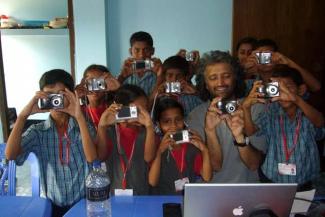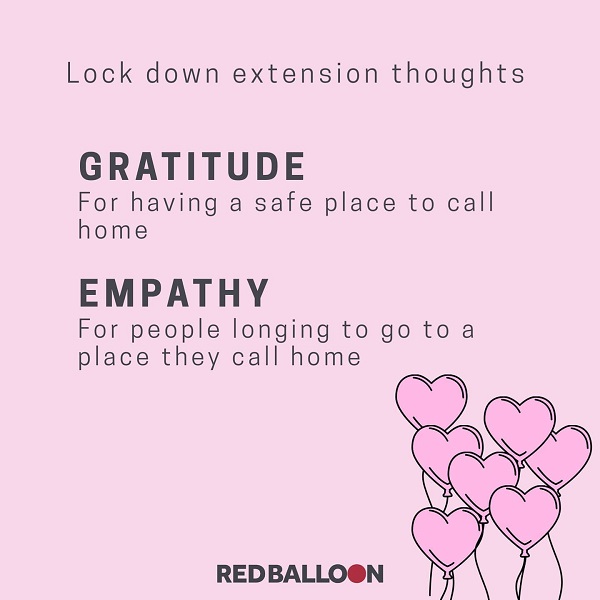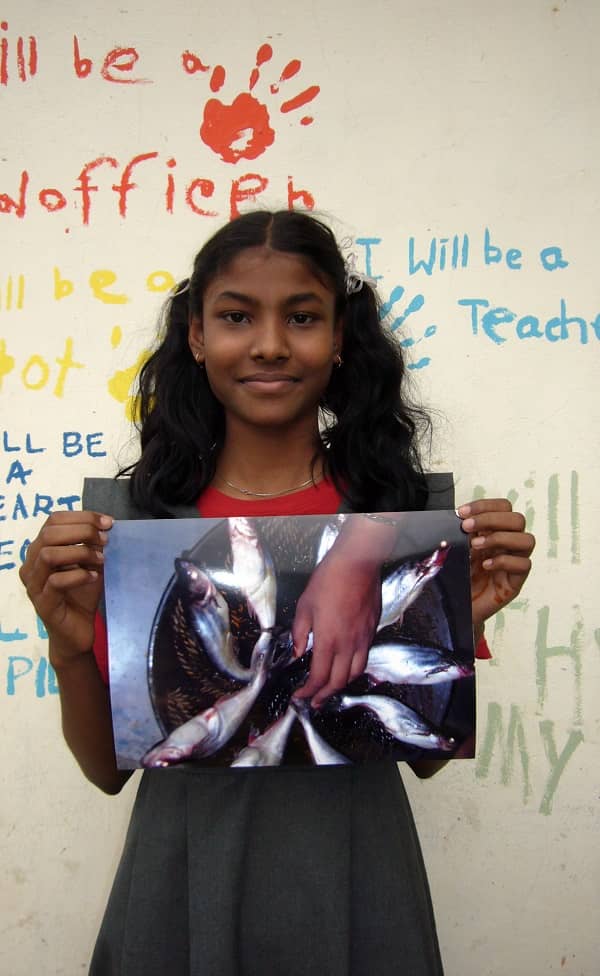
Leading photographer and artist Samar Singh Jodha, has been conducting workshops for marginalised and disabled children in Asia and Africa to empower and bring joy to their lives with the help of the camera. Here he talks about his transformative initiative.
I have been conducting photography workshop on pro bono basis for underprivileged children in Asia, Africa and Middle East. Over the last several years, the workshops have been going beyond the honing of children’s creativity to help raise their self-esteem, impart life lessons, and offer them opportunities that are hard for them to otherwise imagine in their difficult circumstances. At the end of the workshop, we have awards, exhibitions and fundraising. The beneficiaries are mostly local schools, NGOs, communities and church groups.
So what does children in conflict regions mean?
Conflict does not is not necessarily mean being in a conventional war zone. When I am referring to children in conflict regions, I mean children caught up in difficult situations either due to politics, urbanization or the consumption culture as it arrives from developed world into places like South Asia, Middle East or Africa. It is about how conflict marginalises these children, their way of life, puts pressure on them and their parents for basic survival and struggles to make ends meet. Some of these places I have worked with there are no schools. Children sit under trees. It seems more like a meal plan. So that’s the kind of space one is working in.

Could you give us some examples.
For example when I was in Afghanistan, I was working for a local NGO on the education of girl children. Education unfortunately is the biggest enemy in conflict regions. Or working in East Africa with Albino children because a lot of Albino killings have been reported there. Or working in Delhi with children of Bangladeshi rag pickers. Or working in Jordan with Palestinian children in the Palestinian camps. Or working in the slums in Bangladesh. Or the slums in Nepal. So there can all kinds of places.
So what are the workshops about?
Children who attend my workshop could either be physically challenged or they may just come from the bottom end of poverty. It’s a lot to do with confidence building, engaging them in fun activities. For underprivileged children from low income group or marginalised society, their exposure is limited to struggles of everyday lives of their parents, their survival. I have some really beautiful memories of my childhood. My first ice-cream, or when I went to the beach, or I saw the snowstorm - all kinds of things, which my parents could afford. Unfortunately, a lot of the children I am talking about come from a space where having two meals a day is a luxury. There is abuse in the family, or there is poverty and disease. These are very, very tough spaces. My believe is that give kids the camera and allow them to have fun. I conduct these 10 day workshops for children. We go through different programmes, sometimes we do little story telling sessions, sometimes it is just talking about the photography they have done. It becomes a collective session. Children open up and talk to each other. It really about creating beautiful memories for these kids.
Can photography help in treatment or as therapy?
I think it really impacts kids much more than grownups. Finally creativity is about expression and expression could be through painting, music, or any other medium. A lot of people don’t have the ability or the luxury, but today because of digital space lot of people do carry cameras. I carry cameras when I go to these workshops. I have 50 cameras. That’s how I work with these kids. Photography is a much easier medium. You take pictures of what you see and like, you photograph it, then you print it. You sit in front of the whole class, then you discuss the picture you have shot. Imagine a 7- or 8-year-old girl who otherwise never speaks - after 2 or 3 days of workshop - is actually so confident. She will desconstruct the picture, she’ll talk about why she photographed that picture. These are some brilliant experiences you are giving to the kids. I am not trying to make anyone a photographer or some creative person. I just want them to express what they feel, what they think and let them have some fun.
You held an online photography workshop during lockdown for children with special needs. How was it?
I have worked with hundreds of kids on ground in real tough situations. But here I was working with children with special needs - that too online. I didn’t know them, they didn’t know me. There were communications gaps. It was a very difficult space. But I must say what these kids did was quite unbelievable. Their enthusiasm and energy levels were amazing. All of them were so connected. There were parents and siblings too being part of it. Just imagine everybody sitting in different parts of the country and connected with the special child of theirs. It was like a therapy for everyone. People were talking to each other. They had to critique and give feedback on each other’s work. Each one had so much to say. For me it was like a life lesson. It about being together, having faith in each other, not being fearful about being judged. I know parents are struggling with their special child. And this lockdown has made things worse. But when we came online for this programme, it connected everybody so beautifully. I must say it has been one of the best workshops I have done.
How do you work on these projects?
I run something called Red Balloon. It is about creating young leaders and advocates for social change where children get involved in much deeper issues which they feel impacts their immediate environment or their communities. We work with these young adults. It’s about creating empathetic leaders of tomorrow, using creative experience and mentoring them through photography. You are looking at children getting exposed in spaces they feel very strongly about something. And we give them the tools to express themselves.
We conducted an online workshop recently. We had these four girls from Dharavi slums who made this 2-minute awareness film. It is all connected to safety of girl children whether it’s about anti-trafficking or whether it is being about teased on the streets. They have done a brilliant job.
I always believe whether you are using a smartphone or an expensive camera, those things don’t really matter because ultimately children have so much to say. You just have to provide them the tool, an opportunity, and allow them to actually articulate their thought process through photography, or poetry or film making. This is what Red Balloon does - helps children express their thoughts confidently.







